I know. Gorgeous cover, right? The book is fabulous too.
Scar of the Downers is Scott Keen’s debut novel, and I received a copy in exchange for an honest review. Here is more information on the book–including where to buy it–and my five-star review. (The stars are there–you just can’t see them.)
Paperback: 274 pages
Genre: MG/YA Fantasy
Publisher: WiDo Publishing (March 10, 2015)
ISBN-13: 978-1937178635
Review: Crik and Jak are Downers, children branded with the mark of slavery and trapped in the oppressive city of Ungstah. Their master, Kilvar, owns a grungy shop where the boys are forced to work during the day selling stolen merchandise; in the evenings they scavenge for food. As long as they’re home by dusk they’re safe from the Ash Kings, phantom beings released each night from the smoky pit in the center of the city, beings that roam the streets in search of victims doomed to a searing, charred death.
In a village named Arined a devoted father, Talorc, sets out on a journey to avenge his son Andevin. The village blacksmith and his young apprentice join Talorc, and throughout their journey the reader learns the history and legends of Ungstah and the Ash Kings. The reader also learns that Talorc is not simply out to avenge his son, but to complete an important mission which will decide the fate, and maybe the freedom, of Crik and Jak.
I enjoyed this fantasy novel very much, particularly the uniqueness of it and the way Keen threads the history of his world throughout the story instead of condensing it in the first chapter. Crik is a likeable hero, scrappy and tough, a little too impulsive at times, a little too mistrustful at other times. He is, above all, dedicated to Jak and assumes full responsibility for the younger boy. Crik’s desire to protect Jak is both touching and sad—there is only so much he can do in the face of hunger, poverty, and the regular beatings from their cruel owner.
Another thing that stands out in Keen’s world is the depiction of poverty—the dirt, the lice, the caked fingernails, the grime-coated shop windows. I appreciated these details, and the overall sense of place. When you read about Ungstah, you feel like you’re there, slinking through its dirty alleys with Crik and Jak.
Fans of Middle-earth will recognize where Keen pays homage to Tolkien, especially in the adventures of Talorc. I really loved these scenes; there is such easy friendship and natural dialogue between the three men. And again, the slow unfolding of this world’s myths and legends was very well done.
Scar of the Downers is available in print and ebook at Amazon, and in print at Indie Bound, Books-a-Million, and Barnes & Noble.
About the Author:
Scott Keen grew up in Black River, NY, the youngest of three children. While in law school, he realized he didn’t want to be a lawyer. So he did the practical thing–he became a writer. Now, many years later with an MFA in script and screenwriting, he is married with four daughters, two of whom he homeschools. He blogs at http://www.scottkeenbooks.com.
See all the stops on Scott Keen’s blog tour here.
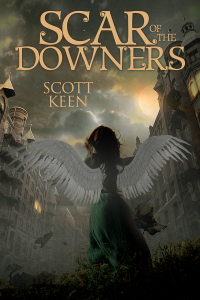
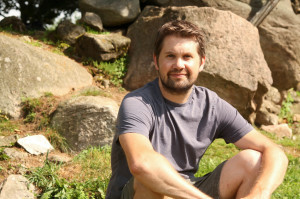
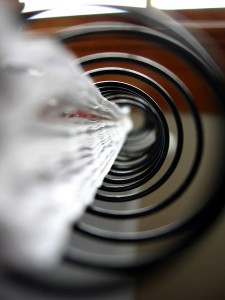
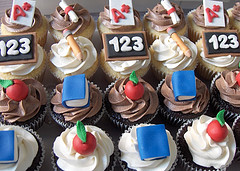
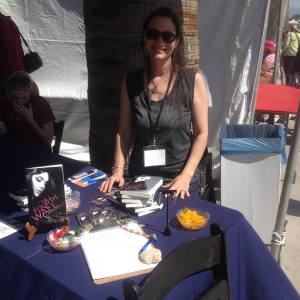
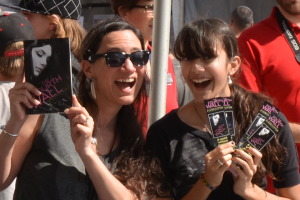
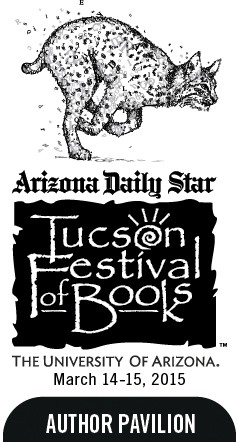

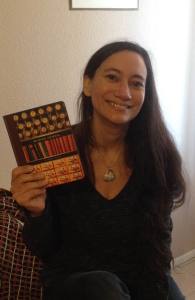



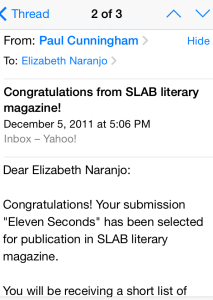
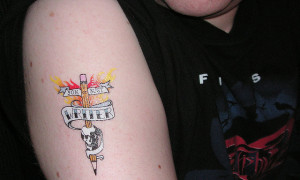

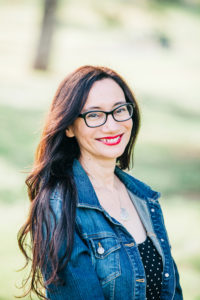












Connect With Me